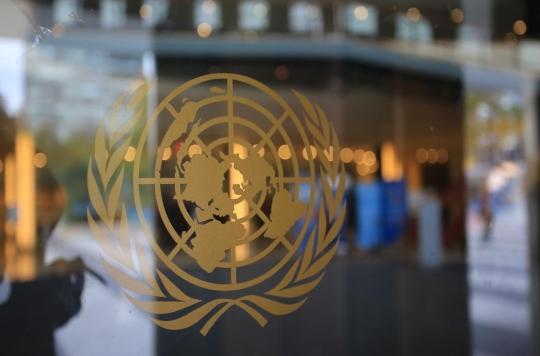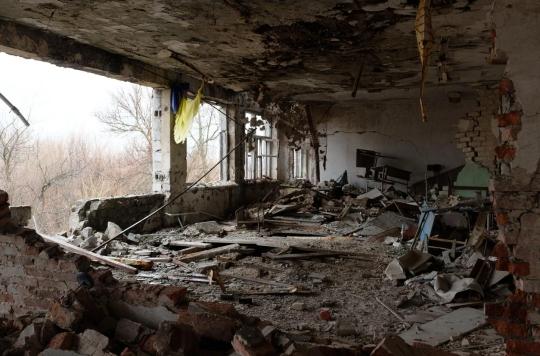
On the occasion of the commemorations of November 11, a look back at the history of the Taxis of the Marne, these cars used in 1914 to send thousands of men to reinforce the French army. This initiative marked the first large-scale use of the automobile in a military conflict.
This day of November 11 is marked, as every year, by the commemorations of the armistice which was signed on that same day in 1918, putting an end to the confrontations of the First World War. The automobile, which had been in use for only fifteen years at the time of the conflict, distinguished himself in France during this one. In September 1914, the “Taxis of the Marne” made history by transporting thousands of soldiers to the front.

TO READ. Jeep Willys. The 4×4 star of the US Army is 80 years old
The automobile integrates the war

At the beginning of September 1914, the German troops on the offensive crossed the Marne less than 200 km from Paris, approaching dangerously close to the capital. General Gallieni, military governor of Paris, then had the idea of requisitioning taxis in order to transport the troops still available to the battlefield.
Between September 5 and 8, 1914, a thousand taxis took some 6,000 men (the exact numbers vary according to the sources) in reinforcement of the army under the orders of the commander-in-chief Joffre, at an average speed of about 25 km / h.
The Franco-British forces won this battle, forcing the Germans to withdraw. In view of the hundreds of thousands of soldiers who took part in this episode, the influence of the Taxis de la Marne on its outcome should be put into perspective. This initiative nevertheless strengthened, via collaboration between civilians and soldiers, the feeling of solidarity of the French population and its army. It was also a major step towards the use of motorized land vehicles on a large scale in armed conflict, which took on a whole new dimension during World War II.


The Renault AG1, icon of Taxis de la Marne
The Compagnie Française des Automobiles de Place fleet, which later became the G7 taxi company, was 85% made up of Renault AG1 Landaulet. Powered by a 1.2 l twin and capable of reaching 45 km / h, the AG1 could carry up to five people. A few other badged models De Dion-Bouton, Brasier, Unic and even Peugeot were also used. Very few Taxis de la Marne remain today. The bodywork of most AG1s was notably replaced once their taxi career was over. Note that, although it is a military requisition, the races were chargeable, and the State had to pay 70,102 francs (approximately 223,850 of our euros according to the INSEE converter) at the time. mobilization.
















